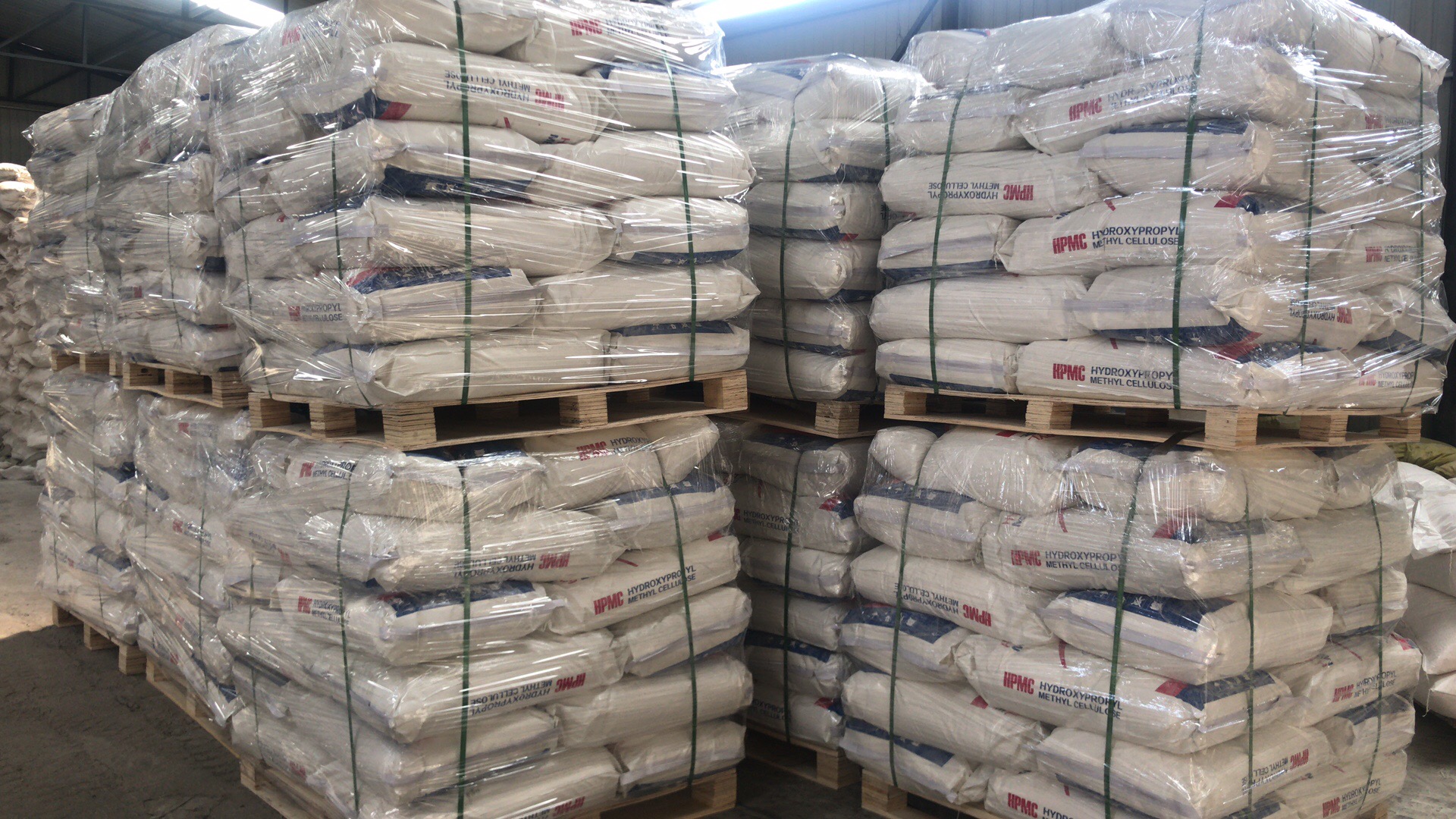HPMC improves flow and pumpability
Hydroxypropyl methylcellulose (HPMC) is a multifunctional compound with applications in various industries, especially construction. One of the key properties of HPMC is its ability to improve flow and pumpability in different formulations.
1. Understand Hydroxypropyl Methylcellulose (HPMC):
Chemical Structure: HPMC is a semi-synthetic polymer derived from the natural polymer cellulose. It is made by treating cellulose with propylene oxide and methyl chloride.
Hydrophilic: HPMC is hydrophilic, which means it has an affinity for water. This property affects its interactions with other substances, making it valuable in a variety of formulations.
2. Improve flow performance:
Viscosity adjustment: HPMC can adjust the viscosity of solutions and dispersions. This is critical for applications where controlling material flow is critical.
Shear thinning behavior: HPMC exhibits shear thinning behavior, which means that its viscosity decreases under shear stress. This property enhances flowability during application and makes it easier to pump.

3. Enhance pumpability:
Reduced Friction: HPMC’s lubricating properties help reduce friction, allowing for smoother flow in pipes and pumps.
Prevents Sedimentation: In suspensions and emulsions, HPMC prevents particles from settling, maintaining a homogeneous mixture that is easier to pump.
4. Application in construction industry:
Tile Adhesives and Grouts: HPMC is commonly used in tile adhesives and grouts to improve the workability of the mixture during construction. It ensures easy spreading and proper adhesion.
Mortar and cement-based products: In cement-based formulations, HPMC enhances pumpability, allowing for efficient application in construction projects.
Self-Leveling Compound: HPMC is a key ingredient in self-leveling compounds used to create a smooth, flat surface. Its flow-enhancing properties help simplify application.
5. Pharmaceutical and food industry:
Oral formulations: In pharmaceuticals, HPMC is used in oral formulations to improve the flow of granules and aid in tableting.
Food Emulsions: HPMC is used in the food industry to stabilize emulsions, ensuring product consistency and pumpability.
6. Paints and Coatings:
Thickener: HPMC is used as a thickener in paints and coatings to help improve flow and paintability.
Spray Applications: The addition of HPMC enhances the pumpability of spray coatings, resulting in even spray application.
7. Environmental considerations:
Water-based formulations: HPMC’s compatibility with water-based systems aligns with the growing trend of environmentally friendly formulations.
8. Conclusion:
Hydroxypropyl methylcellulose (HPMC) plays a vital role in enhancing flowability and pumpability across industries. Its unique properties make it a valuable additive in formulations such as building materials, pharmaceuticals and foods. Understanding and leveraging HPMC’s flow improvement capabilities can help develop more efficient, user-friendly products in diverse applications
